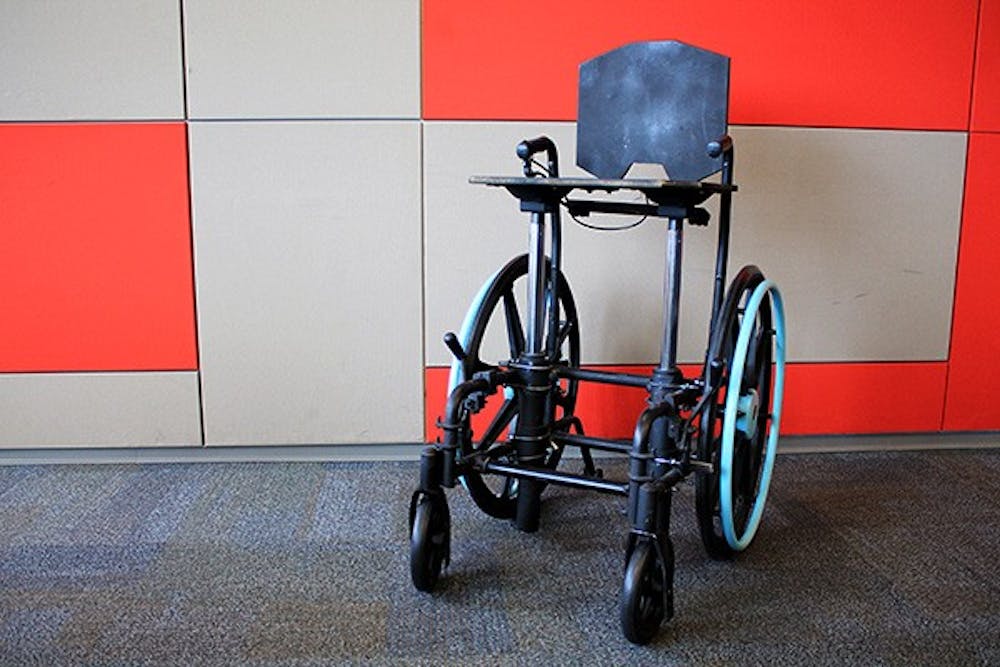A new club on campus, Support, Advocacy, and Awareness of Neurodegenerative Diseases, is seeking to change misconceptions surrounding wheelchair users and the daily obstacles they face.
Biological sciences senior Shima Shiehzadegan, who is also the president of the club, said SAAND's mission has really inspired her.
"I think the fact that we support and advocate for people with neurodegenerative diseases and we try to make people's lives easier who have mobility limitations and disabilities, is what really caught me,” she said.
For Shiehzadegan, the research aspect of the club is a draw as well.
“I know that they’re (SAAND) very big on research and they always provide internship opportunities and volunteer opportunities for their members. Without the research aspect, we could never cure these diseases. We constantly need someone to be on the science end and work towards trying to find cures,” Shiehzadegan said.
Pre-med junior Sheyda Vadipour, who is also the vice president of the club, thinks it is not only new, but also unique.
“I, as a pre-med student, just like to be involved in any way I can, and I just saw this new club at our Passport for ASU. … I was super interested because I had never seen any thing like it before. … We have research towards this but not a lot, so it would be cool to help out and start a chapter here,” Vadipour said.
She also said she feels being a part of this club can help her in her future career.
“I think that it’s important that you really connect with your patients on a different level. … I feel like a lot of doctors nowadays kind of see their patients as an object. … It’s important to understand and see where they’re coming from,” Vadipour said.
Initially, there was an attempt to start this club last year, Sheihzadegan said, but it was fairly inactive and fell through. Then, she took over this year.
Just this semester, the club had a wheelchair challenge, where participants paid to go through an obstacle course in a wheelchair.
“We set up an obstacle course for people who don’t usually use a wheelchair … we set up cones and obstacles, like basketball shoot hoops and it was three dollars to do it. You basically just sit in the wheelchair and try to maneuver through it,” Vadipour said.
Wheelchair challenges take place across the country. Some last a couple minutes, like this one, while some can last up to a couple days.
Technical communications junior CJ Carter, one of the members on the club, suggested the one held by the club here, after getting the idea from a YouTube video.
“I try to use my walker as much as I can … because in the wheelchair you’re a lot more restricted. … I try to be as independent as I can. … I just wanted to share the challenges that I go through on a daily basis with the wheelchair with other people,” Carter said.
Related Links:
ASU to collaborate with Banner Health on Alzheimer's, brain research
Rat research aids stroke and Parkinson’s disease cures
Reach the reporter at avcabral@asu.edu or follow @angeligagaa on Twitter.
Like The State Press on Facebook and follow @statepress on Twitter.




